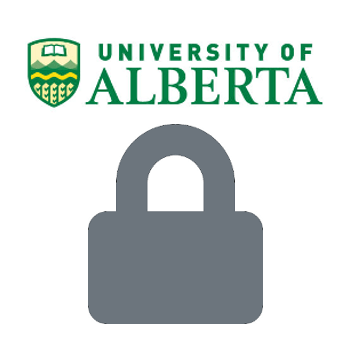This decommissioned ERA site remains active temporarily to support our final migration steps to https://ualberta.scholaris.ca, ERA's new home. All new collections and items, including Spring 2025 theses, are at that site. For assistance, please contact erahelp@ualberta.ca.
Search
Skip to Search Results- 48Permafrost
- 19Arctic Regions
- 19Frozen ground
- 19Frozen ground -- Arctic regions
- 19Hydrocarbons -- Environmental aspects
- 19Soil mechanics -- Research
- 19Permafrost Environmental Consulting Inc.
- 19White, Thomas Leslie
- 2Biggar, K. W.
- 2Sego, D. C.
- 1Adamczak, Kateri M.
- 1Alejandro, Alvarez
- 22Graduate and Postdoctoral Studies (GPS), Faculty of
- 22Graduate and Postdoctoral Studies (GPS), Faculty of/Theses and Dissertations
- 19University of Alberta Libraries Licensed Resources
- 19University of Alberta Libraries Licensed Resources/Contaminant Behaviour in Freezing Soils and Permafrost: Fate, Transport, and Transformation
- 3Renewable Resources, Department of
- 2Geotechnical and Geoenvironmental Engineering Program
-
Influence of permafrost characteristics on vegetation change in Yukon and Northwest Territories, Canada
DownloadFall 2021
Permafrost thaw is a significant contributor to landscape change and ecosystem disruption in northern systems. While previous studies have examined the impact of permafrost on vegetation change, few have investigated the connection of permafrost characteristics to the type and extent of...
-
Influence of wildfire and permafrost thaw on dissolved organic carbon (DOC) in northern peatlands; implications for lability and downstream transport
DownloadFall 2017
Peatlands in Canada’s western boreal forest are a major source of dissolved organic carbon (DOC) to downstream ecosystems, where DOC regulates carbon cycling, and can affect ecosystem productivity and habitat quality. Subarctic ecosystems are becoming increasingly vulnerable to the effects of...
-
Landscape influences on downstream concentrations of mercury, methylmercury, and dissolved organic carbon in permafrost peatland catchments
DownloadFall 2024
Thawing permafrost in northern regions threatens to increase the downstream delivery of mercury (Hg) and its organic form, methylmercury (MeHg). Permafrost thaw may mobilize large Hg and dissolved organic carbon (DOC) stores from permafrost soils. Once mobilized, inorganic Hg (Hg(II)) can be...
-
Long Term Effects of Wildfire on Permafrost Stability and Carbon Cycling in Northern Peatlands
DownloadFall 2017
Changing fire dynamics and increasing global temperatures are causing changes to the fire regime and permafrost stability in the Arctic. Models have separately predicted the widespread thawing of permafrost and increasing magnitude and intensity of wildfires over the next century. However, while...
-
Methylmercury production and export across the terrestrial-aquatic continuum in permafrost peatland catchments
DownloadFall 2023
Ongoing permafrost thaw in northern peatland catchments may increase the production and downstream delivery of neurotoxic methylmercury (MeHg) across the terrestrial-aquatic continuum. Peatlands in boreal-Arctic regions have large stocks of mercury (Hg) in frozen soils, accumulated through...
-
Microbial community dynamics from permafrost across the Pleistocene-Holocene boundary and response to abrupt climate change
DownloadFall 2015
Permafrost houses active microbial communities adapted to constant sub-zero temperatures and anaerobic conditions. These extreme conditions make permafrost an excellent archive for long-term DNA preservation. Recent studies in the laboratory have shown a shift in permafrost bacterial communities...
-
Optimization of a Cover Design for Acid Rock Drainage Prevention in a Permafrost Environment
DownloadFall 2021
The extraction of sulfide-bearing waste rock can contribute to the generation of acid rock drainage (ARD). ARD is the effluent generated due to the oxidation of sulfide minerals which can be toxic to the receiving environment. Waste rock material which contains potentially acid-generating (PAG)...
